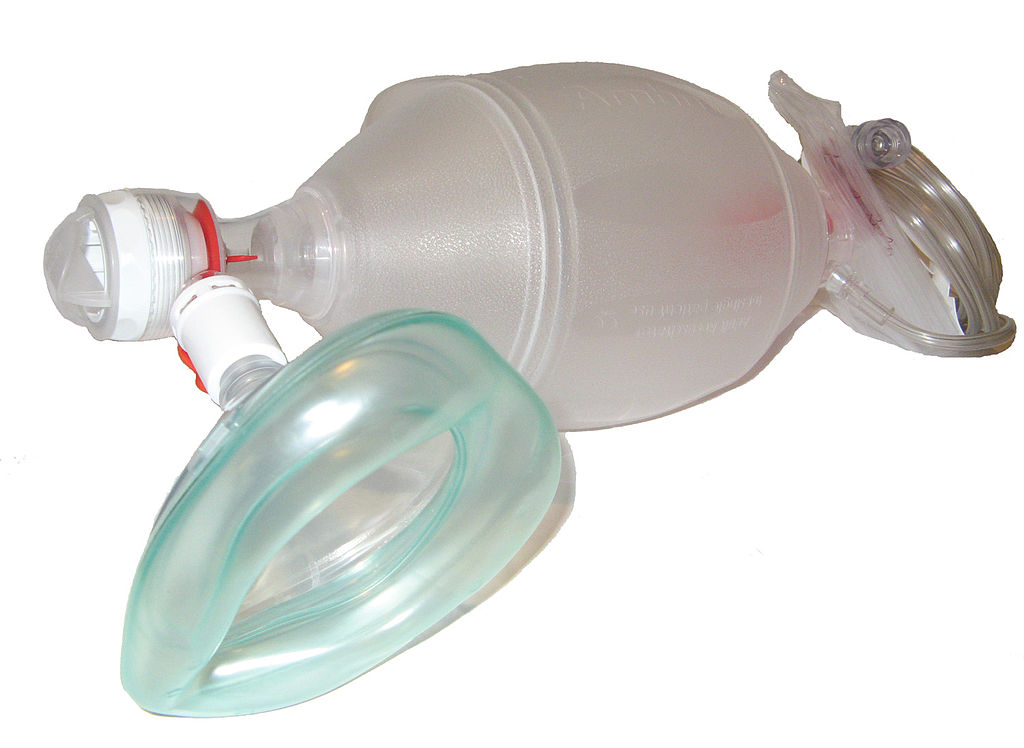The advancement in medical flight performance has a lot to do with the development in oxygen equipment in recent times. Typically, medical flights make use of portable oxygen equipment at altitudes less than 10 thousand feet above the sea level and fixed oxygen equipment if attitudes above 10 thousand feet are achieved by the air ambulance on a regular basis. Typically, the oxygen equipment consists of storage system, tubing, gauges, and mask. Traditionally, oxygen has been carried in gaseous form; however, the new advancements in technology have made way to solid stage oxygen which allows for carrying of greater quantities of oxygen.
Equipment Check Before the Medical Flight Takes Off
It must be ensured that all occupants of the medical flight are well aware of how to don and doff oxygen masks and fit the head harness properly. They should also be knowledgeable about checking the pressure gauges and indicators. Of course, it’s also necessary to check them for faults before the flight. The paramedics would do all these checks for the patients aboard the medical flight.
Each oxygen container is designed to withstand altitude up to a certain level. This must be taken into consideration before embarking on the medical journey. The expected duration of breathing and the duration of the flight are other aspects that must be considered.
Types of Oxygen Masks and Regulators
Continuous flow regulator ensures a 100% flow of oxygen. This usually contains a re-breather mask that allows the user to reuse some of the exhaled oxygen.
Demand and pressure demand works by providing oxygen to the user on demand. In other words, the oxygen only becomes available when the user is inhaling. Such oxygen usage is very stable and can be used up to 10 thousand feet above the sea level. This type of oxygen release becomes necessary in fixed wing aircraft where there travel long distances, often across continents.


